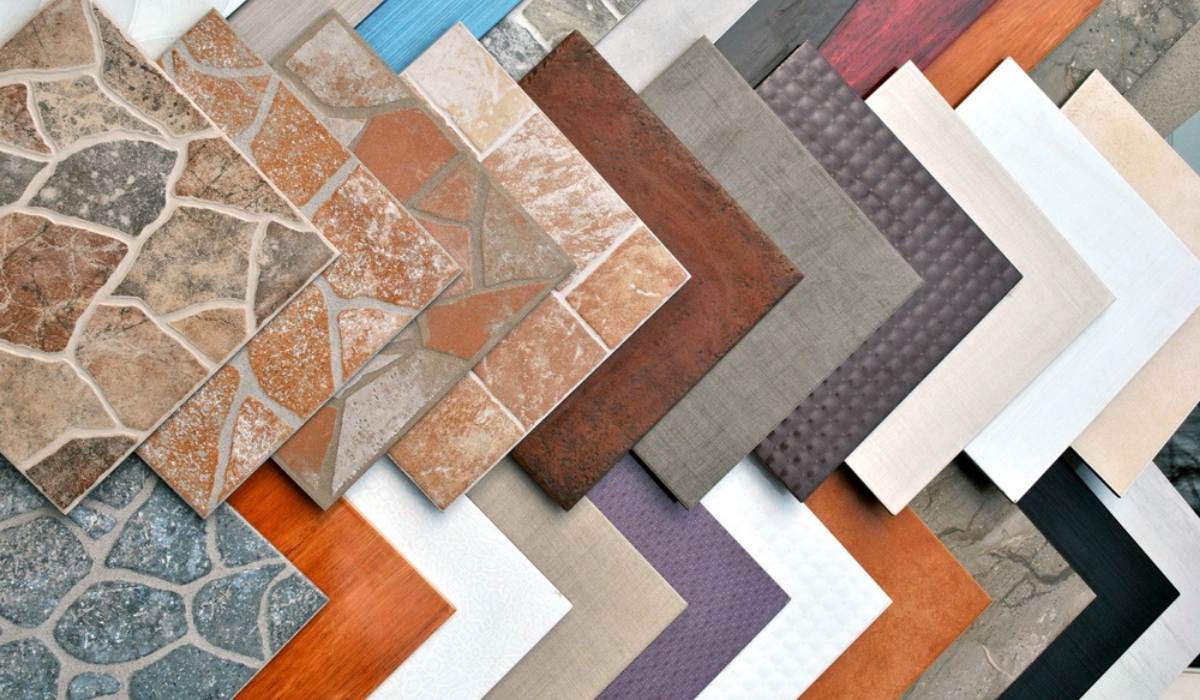
PHD Tiles
Tiles are flat, thin pieces of various materials used to cover surfaces such as floors, walls, and roofs. They are commonly used in construction and interior design to enhance the aesthetic appeal, functionality, and durability of spaces.
Description
Tiles are flat, thin pieces of various materials used to cover surfaces such as floors, walls, and roofs. They are commonly used in construction and interior design to enhance the aesthetic appeal, functionality, and durability of spaces. Tiles come in a wide range of materials, shapes, sizes, colors, and patterns, making them versatile for different applications. Here's an overview of tiles: Types of Tiles: Ceramic Tiles: Made from clay that is fired at high temperatures. They are available in various finishes, including glazed, unglazed, and porcelain. Porcelain Tiles: A type of ceramic tile fired at even higher temperatures, resulting in a denser and more durable tile with low water absorption. Glass Tiles: Made from glass materials and often used to create vibrant and reflective surfaces in kitchens, bathrooms, and decorative features. Stone Tiles: Natural stone tiles like marble, granite, limestone, and slate provide a luxurious and unique look with natural variations in color and pattern. Terracotta Tiles: Unglazed clay tiles with warm, earthy tones often used for rustic and traditional designs. Vinyl Tiles: Synthetic tiles made from vinyl materials, available in various designs, including those that mimic natural materials. Cement Tiles: Handmade tiles with patterns and designs created by pouring colored cement into molds. Applications: Flooring: Tiles are commonly used for flooring in residential, commercial, and industrial settings due to their durability and easy maintenance. Walls: Tiles are used on interior and exterior walls to enhance aesthetics, protect surfaces, and create decorative patterns. Bathrooms and Kitchens: Tiles are popular choices for bathrooms and kitchens due to their water resistance and ease of cleaning. Swimming Pools: Tiles designed for water resistance and slip resistance are used in swimming pools and water features. Roofing: Roof tiles, such as clay or concrete tiles, are used to cover roofs and provide protection against weather elements. Installation: Proper installation of tiles is essential for their longevity and performance. Tiles can be installed using various methods, including: Thin-Set Mortar: A common method involving applying adhesive (thin-set mortar) to the surface and pressing the tiles into place. Grout: After the tiles are set, grout is applied between them to fill the gaps and create a finished look. Tile Adhesive: Some tiles come with adhesive backing for easy installation, particularly for small or decorative tiles. Considerations: Tile Material: Choose a tile material based on the application, as some materials are more suitable for specific environments. Size and Shape: Consider the size and shape of tiles to achieve the desired visual effect and ease of installation. Durability: Consider the tile's durability and resistance to wear, moisture, and chemicals, especially in high-traffic or wet areas. Maintenance: Some tiles require more maintenance than others, so consider the level of maintenance you're willing to undertake. Tiles are an essential element of interior and exterior design, offering functional and aesthetic benefits. When selecting tiles, consider the space's purpose, the desired style, and the specific requirements of the area to ensure that you choose the right type of tile for your needs.